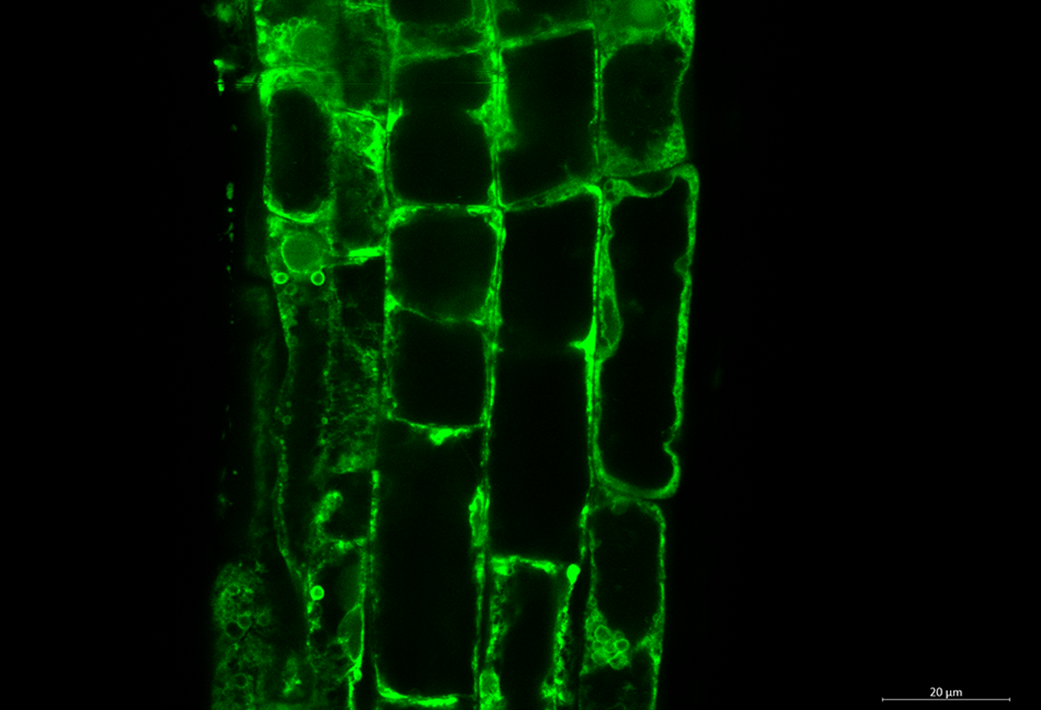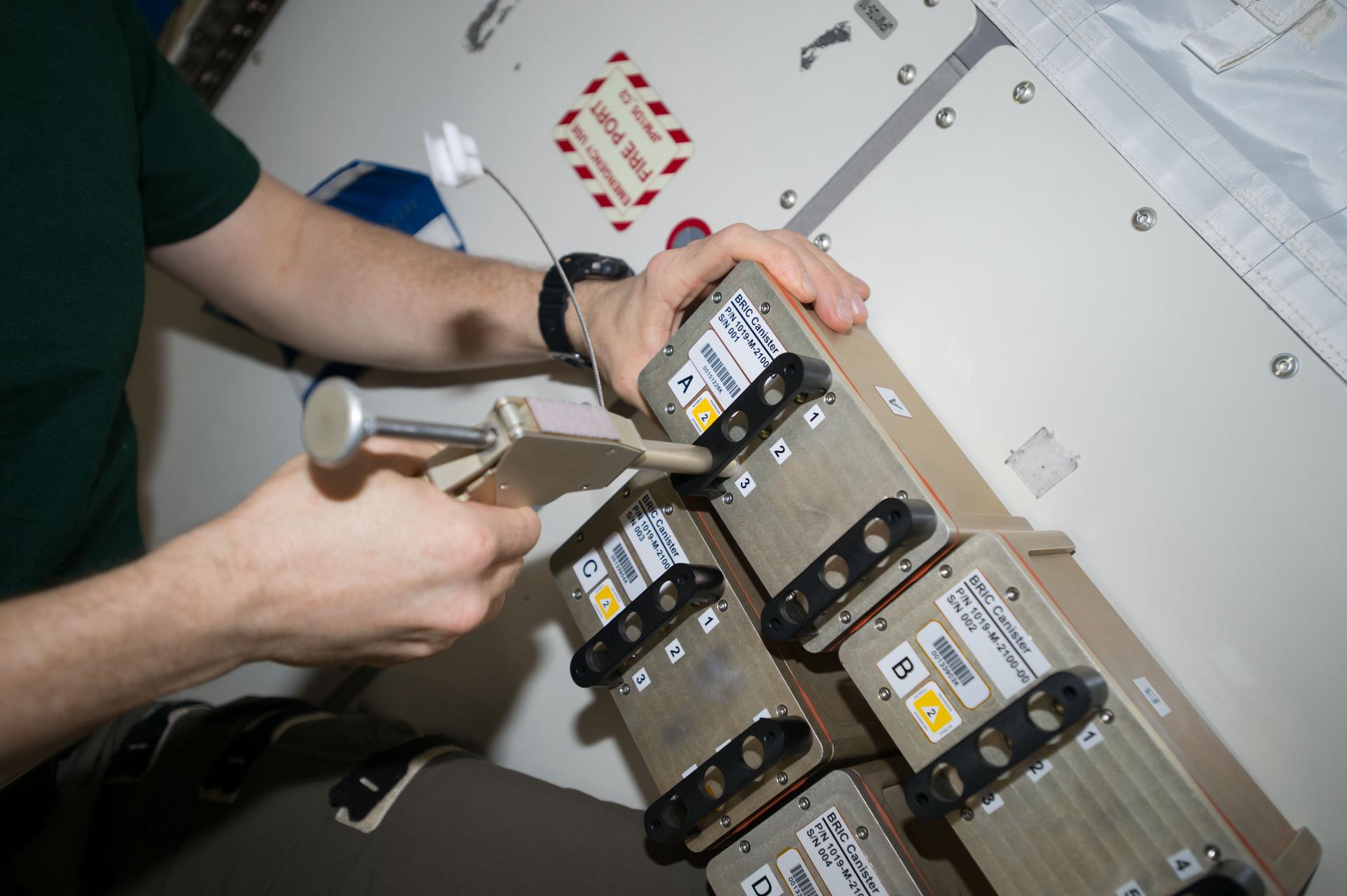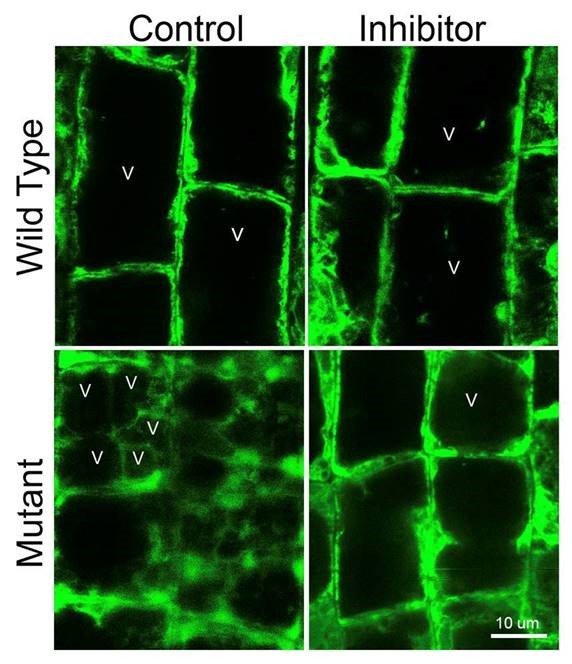
North Carolina State University’s Dr. Marcela Rojas-Pierce is working with NASA to conduct an experiment called Biological Research In Canisters-24, or BRIC-24, which focuses on a specific area of plant research: vacuoles.
Vacuoles, the largest internal structure in plant cells, are essential for plant growth. They act as a storage area, break down proteins, and help maintain a plant’s structural integrity. BRIC-24 will study whether microgravity affects a plant’s ability to make and fuse vacuoles and help NASA better understand why plants grow differently in space than they do on Earth. The experiment will launch to the International Space Station aboard SpaceX’s 22nd commercial resupply services mission.
“This particular experiment is embedded in a bigger-picture project we have in the lab here on Earth where we’re trying to understand how plants respond to gravity,” said Rojas-Pierce, principal investigator for BRIC-24. “We know that the vacuole is important for that response. We’re trying to understand why.”
The experiment involves growing two genotypes of the Arabidopsis thaliana plant aboard the space station because of the differences in the way their vacuoles form. Arabidopsis, a flowering plant, is a model system for the study of growth and development processes in plants. After these plants germinate, the experiment applies a chemical inhibitor, called wortmannin, to the plants to induce vacuole fusion in microgravity. This will demonstrate whether vacuoles can fuse in microgravity, if that fusion process is accelerated or delayed, and how the vacuoles in each plant type form in space.
Each plant type also carries fluorescent markers – one of the tools Rojas-Pierce and her team developed in the lab. These markers are tagged to proteins in the vacuole and the plant’s endoplasmic reticulum – another organelle Rojas-Pierce is studying – allowing the team to visualize those organelles in each plant and better understand how they interact with one another.
“We know so little about cellular compartments and how cells respond in microgravity; this just seemed like a really good opportunity,” Rojas-Pierce said. “It’s a very simple, very visual experiment that I think will teach us a lot about if there are any changes in the speed at which basic cellular reactions happen in microgravity.”
However, what Rojas-Pierce believes will be the biggest challenge happens next. Teams will attempt to induce a chemical treatment in plants in real-time aboard the space station, preserve that treatment, and send it back to Earth in a preserved state for analysis. A couple of hours after the wortmannin is applied to each plant type, astronauts aboard the orbiting laboratory will treat the plants with a fixative – a paraformaldehyde solution – to preserve the structure of all the organelles in the cell. Essentially, they will freeze those plants in time. They are then stored at 4 degrees Celsius until they can be returned to Rojas-Pierce and her team for post-flight analysis.
“This is our first flight experiment, so I’m terrified, but at the same time, I’m excited,” she said. “I’m looking forward to the experience of doing this challenging experiment, getting some good data, and learning something about plants that you couldn’t do any other way.”

NASA Project Scientist Ye Zhang has been working with Rojas-Pierce from the beginning, primarily providing support from the agency. While Zhang agrees the experiment will be a challenging one, she believes the research team is ready.
“NASA has standardized procedures to get experiments like this to space, and the BRIC-Petri Dish Fixation Unit (BRIC-PDFU) hardware BRIC-24 will use – hardware developed by the agency – has already flown multiple times,” Zhang said. “Because of this, we’ve been able to provide the research team with a tremendous amount of technical and logistical support. It’s really allowed us to ensure this experiment could be successfully tested and implemented this year.”
Understanding how plants grow in space will allow astronauts to use freshly grown crops to support long-duration missions to the Moon and Mars. The Dragon spacecraft delivering BRIC-24, along with many other science investigations that will benefit exploration beyond low-Earth orbit, is scheduled to lift off from Kennedy Space Center’s Launch Complex 39A on June 3, 2021. About one month later, Dragon will return to Earth, bringing with it the preserved BRIC-24 plants for analysis along with additional return cargo.
Dr. Marcela Rojas-Pierce’s research is supported by NASA’s Biological and Physical Sciences Division.




























